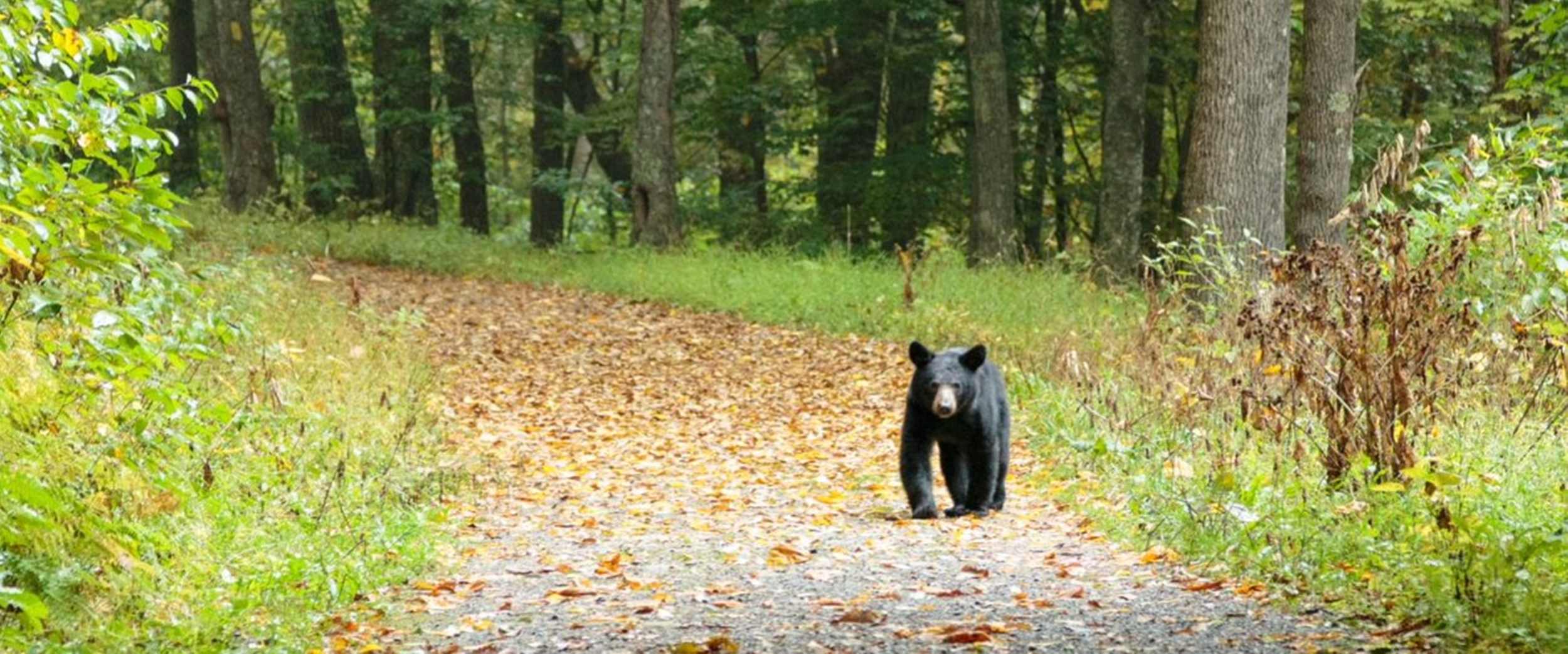by Patressa Kearns
The most-often-asked question of Rangers in Shenandoah National Park (besides “Where’s the nearest restroom?”) is: Where can I find wildlife? And the most-often-given response from a Ranger to this question is: What kind of wildlife are you looking for?
Different animals have different habits. Some are nocturnal (active at night), some are diurnal (active during the day). Some stay mostly in the forest, others thrive in open areas. Some are plant-, seed-, and fruit-eaters, others are carnivores (meat-eaters), and still others are omnivores (omnivores will eat plant-based foods and meat—some of both).
Because of these variations in habit and habitat, it’s impossible to give one blanket answer to the question of where one is most likely to spot wildlife. And of course, they’re wild animals, which means that, like humans with an adventurous streak, they could show up just about anywhere!
However, there are a few pointers for those who would like to see wildlife in Shenandoah.
If you want to see a black bear, be out and about in the early morning or early evening hours. It’s hot at midday, so most bears are either deep in the forest where it’s cooler, or snoozing in a tree or den. This is also why you might see a bear if you’re hiking through the forest in the middle of the day. Sometimes you will hear a bear before you see it—a loud crashing sound of breaking twigs and branches ahead might mean a bear is scrambling to safety or scooting its cubs up a tree. Sometimes a bear will snort at its cubs, or at you, if it feels you’re too close. Pay attention to those sounds! If you do see a bear out on the trail, just make a little noise to let it know you’re there—clap your hands, sing, talk amongst yourselves if you’re hiking with friends—and stay still until it moves away. And it will move on, as bears do not like to be around people. (Don’t take it personally. And after all, you did ask where you might see a bear!)
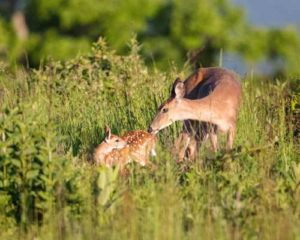
White-tailed deer spend much of their time out in the open. At dusk, you are very likely to see deer grazing by roadsides, in Big Meadows, and at campgrounds and picnic areas. They gaze at you with those big brown eyes. “Feed me!” they seem to say. Don’t fall for it. Deer need grasses, leaves, and fruit like apples to eat. There’s plenty of that here.
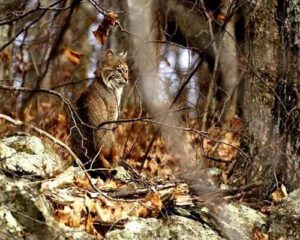
Bobcats are nocturnal, no two ways about it. It’s rare to see a bobcat anywhere, including in Shenandoah. If you drive the Drive at night, you might get lucky and catch one darting across the road. It’s very rare to see a bobcat in the daytime, although it does happen. Consider yourself lucky if you spot this spotted small wildcat.
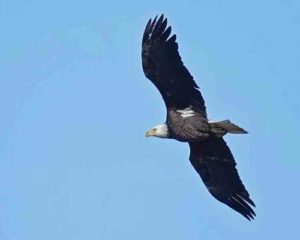
You’re most likely to see hawks, raptors, and vultures from overlooks and summits, as they catch warm updrafts of air over valleys and hollows or search for food from high above. Red-tailed hawks, kestrels, turkey vultures, and black vultures might search for a meal of mice, small mammals, or carrion in meadows, fields, and roadsides, or even in the middle of the road, especially, in the case of owls, at night. Speaking of owls, you’re most likely to see owls like the barred owl or great-horned owl at night, as owls are nocturnal and this is when they hunt for food.
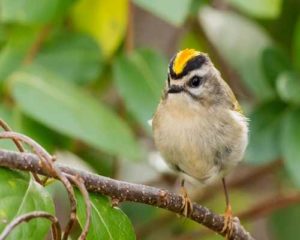 Songbirds vary in their habitat, but your best bet for seeing most songbirds in the Park is in transition zones, between forested and open areas. If you know your bird songs, listen for their calls, then look for the birds themselves. Crows and ravens will make themselves known in the most crowded of areas.
Songbirds vary in their habitat, but your best bet for seeing most songbirds in the Park is in transition zones, between forested and open areas. If you know your bird songs, listen for their calls, then look for the birds themselves. Crows and ravens will make themselves known in the most crowded of areas.
Small animals, like skunks, raccoons, squirrels, and chipmunks abound in Shenandoah. Skunks and raccoons are out at night, so that’s when you’re likely to see them. Squirrels and chipmunks can be seen anytime, but most often during the day. Very often squirrels will dart out in front of moving vehicles, so always drive slowly and carefully.
Please remember that wildlife is just that—wild. Don’t feed them, advertently or inadvertently. Don’t get too close, no matter how sweet and tame they look. (They need their space just as you do, and they are not tame.) Everything in Shenandoah is protected, and that includes wildlife. Stick to the speed limit when you’re driving and keep an eye out for wildlife, as they don’t always look both ways before crossing the road. Do your part to protect wildlife and yourself by visiting the Park’s Wildlife Safety and Bear Safety webpages. If you plan on taking pictures, take a look at the Viewing & Photographing Wildlife page.
